Experimental verifications of Mpemba-like behaviors of clathrate hydrates
Y.-H. Ahn, H. Kang, D.-Y. Koh, H. Lee, Korean J. Chem. Eng., vol.33, no.6, pp.1903-1907 (2016)
https://doi.org/10.1007/s11814-016-0029-2
The exact mechanism of the Mpemba effect of water was recently investigated microscopically and explained on the basis of the cooperative relationship between intramolecular polar-covalent bonds (O-H) and intermolecular hydrogen bonds (O:H). We posited that this relationship might exist in clathrate hydrates since they consist of hydrogen-bonded host water frameworks and enclathrated guest molecules. The formation of tetrahydrofuran (THF) hydrate, which is the simplest clathrate hydrate, was investigated by using differential scanning calorimetry and Raman spectroscopy. THF hydrates show the Mpemba effect at lower initial temperatures, but formation times were delayed at higher initial temperatures because the evaporated THF molecules should be liquefied to correspond to the stoichiometric concentration of guest molecules to form sII clathrate hydrates. However, even though the formation time was delayed at higher initial temperatures, the rates of heat emission during THF hydrate formation, measured in a bulk state, roughly increased as the initial temperature increased. Moreover, we observed that the O: H stretching phonons of water in the THF hydrate showed a blue shift, and the O-H stretching mode showed a redshift as temperature decreased. Both the rate of heat emission and the Raman shift of these two bonds imply that a cooperative relationship between the covalent bond and the hydrogen bond exists in THF hydrate as pure water. The formation kinetics of THF hydrate therefore might depend on its initial temperature, thus showing Mpemba-like behavior.

